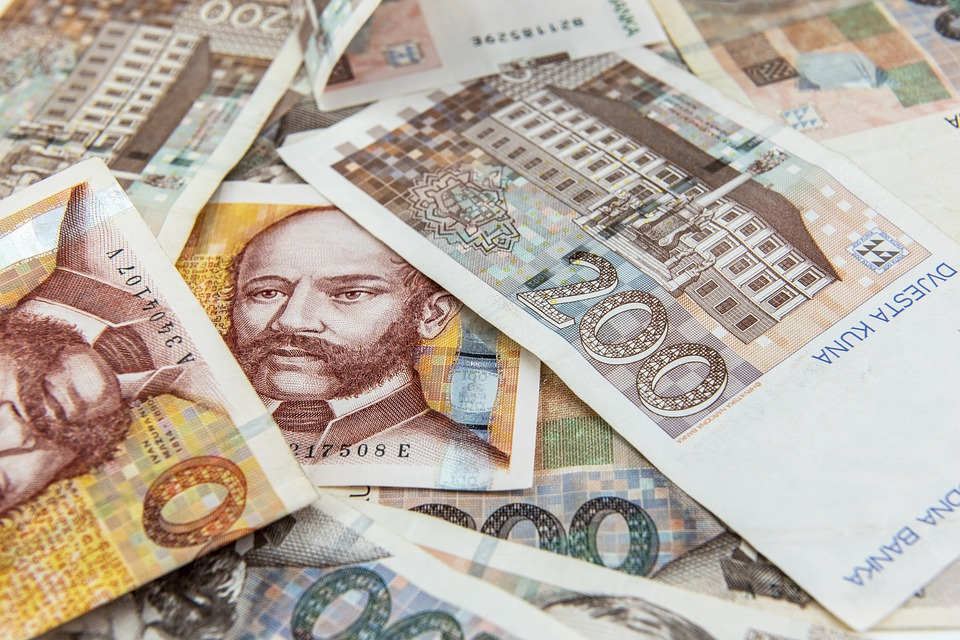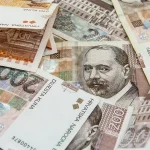As Poslovni Dnevnik/Ana Blaskovic writes, placements to companies continued their upward trend at the end of last year; back in December, they grew by 2.5 percent on a monthly basis and by 5.3 percent on an annual basis, reaching 86.3 billion kuna.
Data from the Croatian National Bank (CNB) illustrates that this growth is mainly due to an increase in the kuna amount of foreign currency loans, whose share in corporate loans reached 63 percent, analysts at Raiffeisen Bank noted. As the Croatian national currency weakened against the euro, the amount of foreign currency loans converted into domestic currency increased. A look at the structure reveals visibly continued growth in the share of placements with the longest maturities.
At the end of last year, 63.2 percent of all loans had maturities of longer than five years, followed by medium-term maturities of anywhere between one to five years (slightly more than a fifth of such loans). Only 15.7 percent of placements accounted for periods of less than one year.
Looking back at the second wave of the spread of the novel coronavirus last autumn, which was readily accompanied by yet more new restrictions on both movement and doing business, the RBA pointed out that greater uncertainty about the duration and the type of measures being introduced in an attempt to slow the spread of the disease down is actually altering the demand for corporate lending.
“Due to the delay in people making investments, entrepreneurs and business owners are reducing their overall demand for new loans and instead are increasing their liquidity reserves. The demand of companies for the conclusion of moratoriums, as well as for restructuring and extending the loan repayment period has since increased,” the RBA stated.
While companies accumulated liquidity back at the beginning of the coronavirus crisis in early 2020, later working capital financing reflected the well-known reduced levels of economic activity, so at the end of 2020, companies’ deposits exceeded their net indebtedness.
“At the beginning of 2021, we’re expecting a gradual increase in optimism among entrepreneurs and business owners, driven by the start of the vaccination campaign and the prospects for the normalisation of tourist arrivals during the warmer summer season. In the first quarter of this year, people might very well still hesitate to make any investments, so we expect stronger growth in demand for Croatian investment loans in the second quarter,” explained Raiffeisen’s analysts.
For the latest travel info, bookmark our main travel info article, which is updated daily.
Read the Croatian Travel Update in your language – now available in 24 languages.
Join the Total Croatia Travel INFO Viber community.












